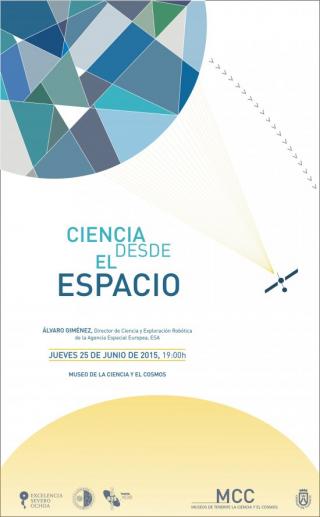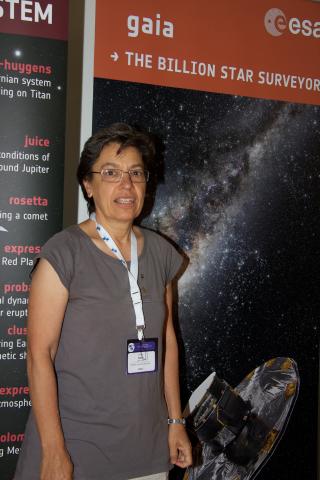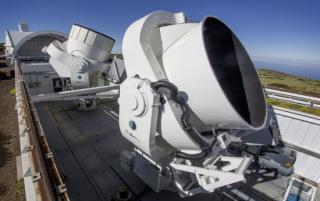
Álvaro Giménez, the scientific director of ESA will give a lecture in the Museum of Science and the Cosmos during EWASS 2015
Advertised on
This section includes scientific and technological news from the IAC and its Observatories, as well as press releases on scientific and technological results, astronomical events, educational projects, outreach activities and institutional events.





